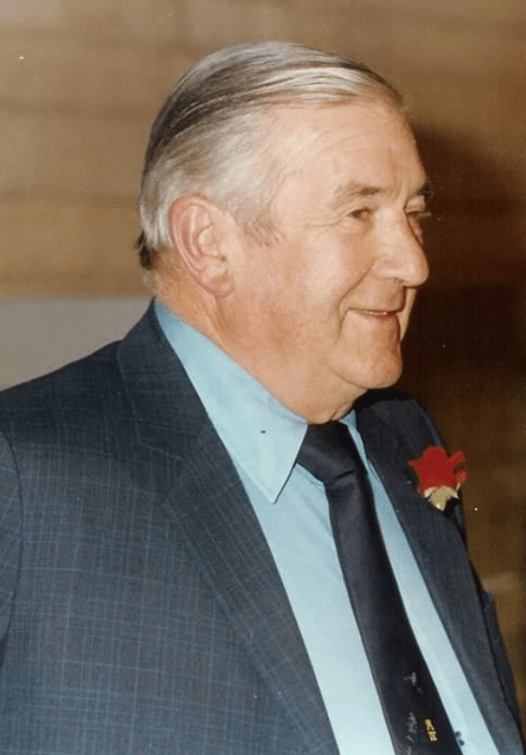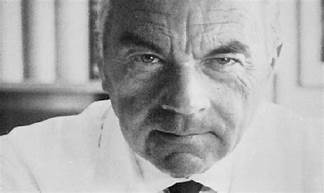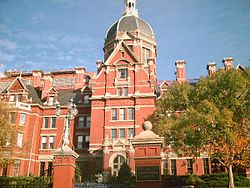

These surgeons, about whom I have previously written, are two of the giants on whose shoulders the current generation of surgeons stands. They overlapped in time, interests and accomplishments. Both were innovative and creative and made seminal contributions to the development of surgery. Among other achievements these men developed eponymous operations to treat GERD and imprinted our surgical community with new concepts and ways of thinking.
Despite these similarities there were profound differences. Mr. Belsey (British remember) trained and worked with other surgical leaders such as Barrett and Churchill and spent his working life in Bristol, England. Major international academic centers sent residents to learn from him and one of his legacies is an influential thoracic surgical “school.” Although his academic and clinical accomplishments were renown, he was a bit of a maverick. He never fit the typical academic profile, spending his career in Bristol and eschewing a place in the surgical limelight to secure his independence and ability to go his own way without the fetters of the establishment. He did more than develop an effective operation to curtail GERD based on a deliberate strategy. His original contributions include the use of the left colon when needed to replace the esophagus, a procedure to reconstruct the airway after resection of a tumor, and the technique of pulmonary segmentectomy to preserve lung function.
Nissen began his career in Germany but his peripatetic life began when, as a Jewish man, Hitler and Nazism began to ascend. His first stop was Istanbul where his surgical skills sufficed for Kamal Ataturk to become his patient. Responding to continuing Nazi harassment he next moved to the USA and again establish himself, eventually being tapped to operate on Albert Einstein. Nissen’s final stop was in Vienna. His antireflux operation has become the standard procedure, able to be performed through a laparotomy and by minimally invasive techniques. He did not set out to treat acid reflux, in contrast to Belsey, but recognized the effect of two of his operations and adapted the principles learned directly to the problem of reflux. One other major contribution was the first pneumonectomy. His patient was a child and Nissen “simply” ligated the entire hilum, depriving the lung of its blood supply so that it became necrotic and sloughed off.
Two remarkable men and surgeons.

